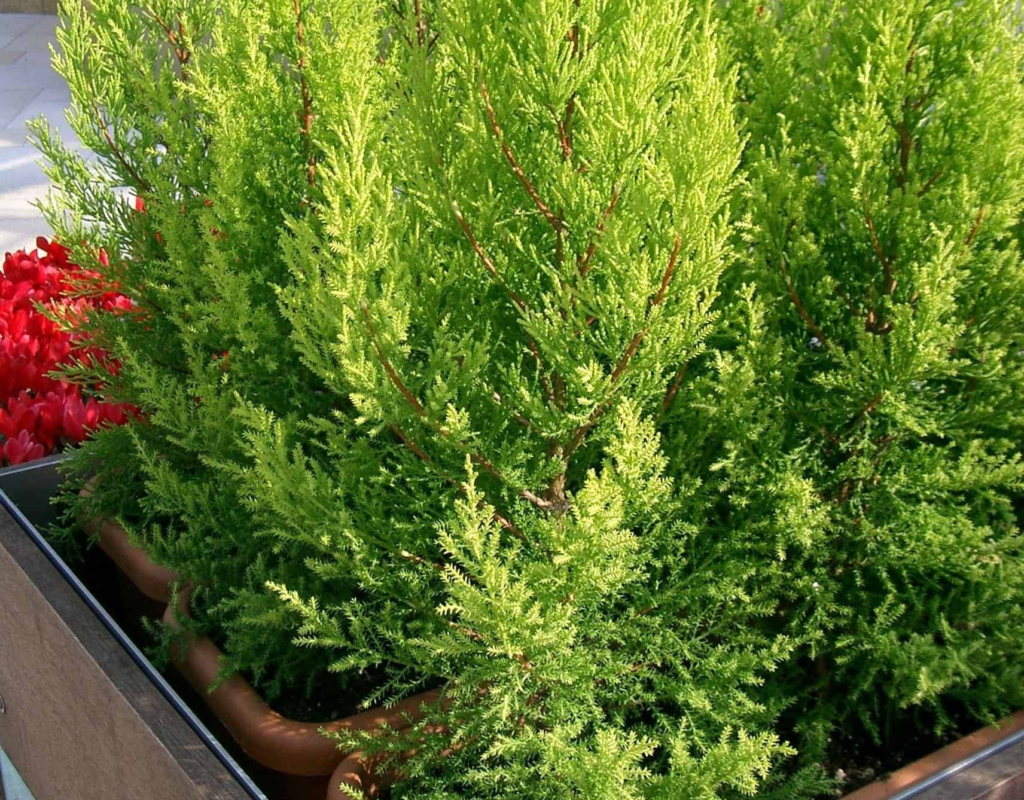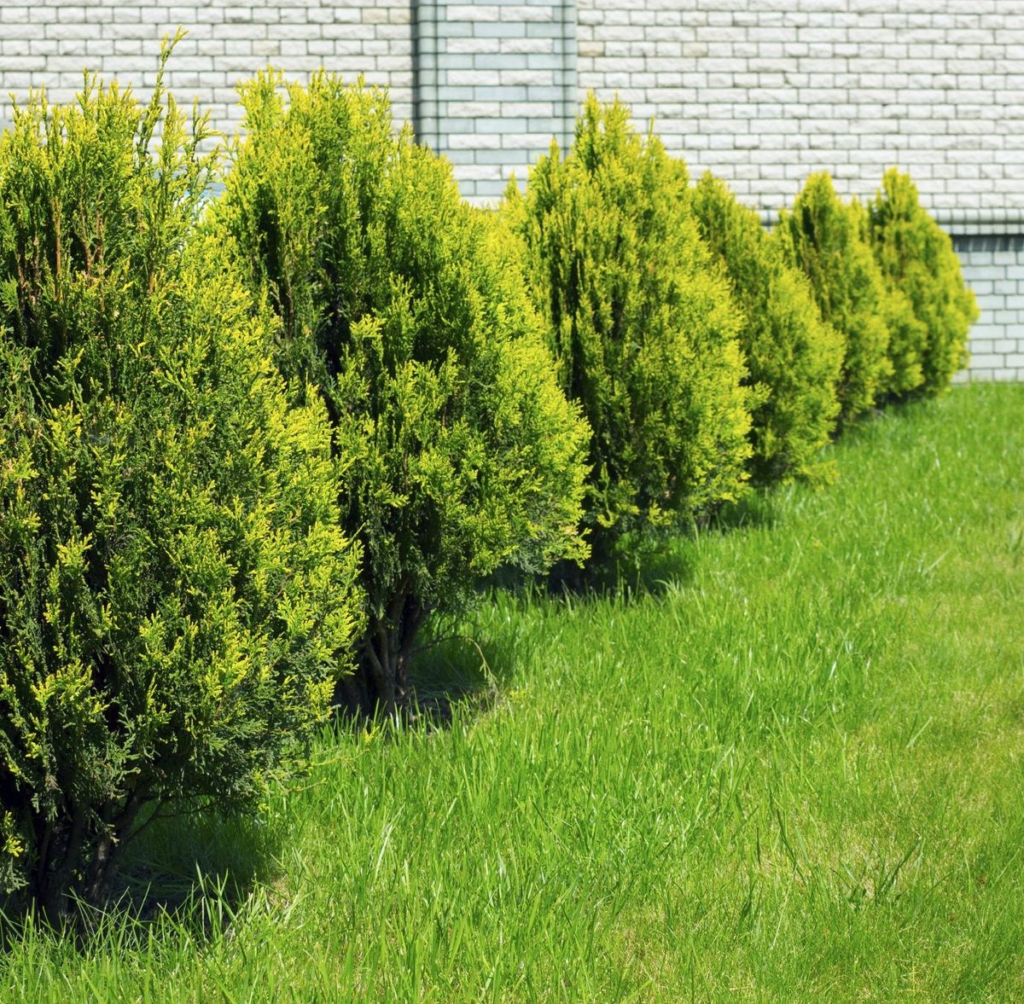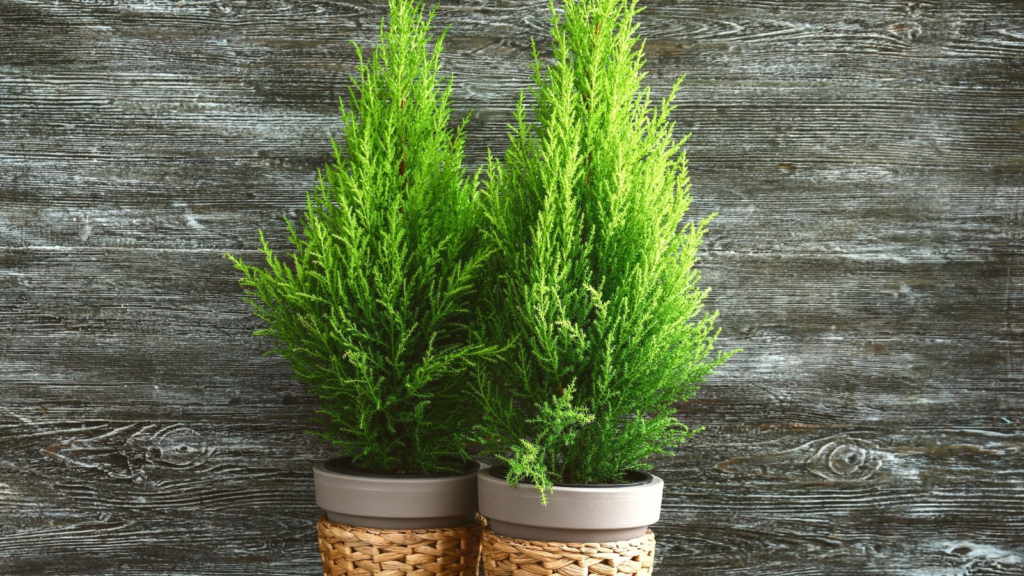How to Grow Lemon Cypress Trees: A Complete Guide
Are you looking to add a touch of elegance and a refreshing citrus scent to your garden? Lemon cypress trees (Cupressus macrocarpa ‘Goldcrest’) might be exactly what you need. These vibrant yellow-green conifers not only serve as striking ornamental plants but also emit a delightful lemony fragrance that can transform any space. Whether you’re a seasoned gardener or a beginner, this comprehensive guide will walk you through everything you need to know about growing and caring for lemon cypress trees in your home or garden.
What Is a Lemon Cypress Tree?
Native to California’s Monterey Peninsula, the lemon cypress is a cultivar of the Monterey cypress. What sets it apart is its bright chartreuse foliage and distinctive lemon scent that’s released when you brush against its needles. Though they can grow up to 30 feet tall in their natural habitat, they’re often kept as container plants or small landscape specimens, rarely exceeding 10 feet in home gardens.
According to the USDA’s Plant Database, lemon cypress trees are classified under the Cupressaceae family and are particularly valued for their ornamental qualities and adaptability in USDA hardiness zones 7-10.
Why Choose Lemon Cypress for Your Garden?
Before diving into the growing process, let’s explore why lemon cypress trees have become increasingly popular among American gardeners:
- Versatility: They work wonderfully as potted plants on patios, as Christmas trees, in formal gardens, or as living privacy screens.
- Low maintenance: Once established, they require minimal care compared to many other ornamental trees.
- Year-round interest: Their evergreen nature ensures your garden stays vibrant throughout all seasons.
- Distinctive fragrance: The natural citrus scent can repel certain pests while providing a refreshing atmosphere.
- Drought tolerance: After establishment, they can withstand periods of limited water access, making them suitable for xeriscaping in many regions of the US.
Growing Conditions for Lemon Cypress

Climate Requirements
Lemon cypress trees thrive best in USDA hardiness zones 7-10, which covers a significant portion of the United States. However, they can be grown in containers in cooler regions if brought indoors during harsh winters.
Light and Temperature
For optimal growth and to maintain their vibrant yellow-green color, lemon cypress trees need:
- Sunlight: 6+ hours of direct sunlight daily; they can tolerate partial shade but may lose some of their distinctive golden hue.
- Temperature: Ideal growing temperature range is 60-80°F (15-27°C).
- Cold tolerance: Can withstand brief periods of temperatures as low as 15-20°F (-9 to -6°C), but prolonged exposure to freezing conditions may cause damage.
Soil Requirements
Your lemon cypress will perform best in:
- Well-draining soil with neutral to slightly acidic pH (6.0-7.0)
- Loamy to sandy soil compositions
- Soil mixtures enhanced with organic matter for container planting
Avoid heavy clay soils that retain excessive moisture, as this can lead to root rot – one of the few serious problems these trees face.
How to Plant Lemon Cypress Trees
Planting in the Ground
- Select the right location: Choose a spot that receives plenty of sunlight and has good air circulation.
- Prepare the soil: Dig a hole twice as wide as the root ball but of equal depth.
- Amend poor soil: Mix in compost or well-rotted manure if your soil lacks organic matter.
- Position the tree: Place the tree in the hole, ensuring the top of the root ball is level with the surrounding soil.
- Backfill carefully: Fill in around the roots with soil, tamping gently to eliminate air pockets.
- Water thoroughly: Give your newly planted tree a deep watering to help settle the soil.
- Mulch appropriately: Apply 2-3 inches of mulch around the base, keeping it a few inches away from the trunk.
Container Planting
Lemon cypress trees are excellent container specimens, especially if you live in zones colder than USDA 7 or have limited garden space.
- Choose the right container: Select a pot with adequate drainage holes that’s at least 2 inches wider than the root ball.
- Use quality potting mix: Opt for a well-draining potting soil, ideally mixed with some perlite or sand.
- Establish proper depth: Position the tree so the root crown sits slightly below the container rim.
- Water appropriately: Container plants typically require more frequent watering than in-ground specimens.
- Plan for growth: Be prepared to repot your lemon cypress every 2-3 years as it outgrows its container.
Caring for Your Lemon Cypress
Watering Guidelines
Proper watering is crucial for lemon cypress health:
| Growth Stage | Watering Frequency | Water Amount | Special Considerations |
|---|---|---|---|
| First month after planting | Every 3-4 days | 1-2 gallons | Check soil moisture before watering |
| Established plants (in-ground) | Every 7-10 days | 2-3 gallons | Reduce in winter, increase during heat waves |
| Container plants | When top inch of soil feels dry | Until water flows from drainage holes | More frequent in summer, less in winter |
| Mature trees (3+ years) | Every 10-14 days | 3-4 gallons | Deep, infrequent watering preferred |
Fertilization Schedule
Unlike many ornamental plants, lemon cypress trees have modest nutritional needs:
- Newly planted trees: Use a slow-release fertilizer with an NPK ratio of 10-8-8 in early spring.
- Established trees: Apply a balanced, slow-release conifer fertilizer once annually in early spring.
- Container plants: Feed with half-strength liquid fertilizer formulated for conifers every 4-6 weeks during the growing season.
Always water your tree thoroughly after fertilizing to prevent root burn.
Pruning and Shaping
One of the joys of growing lemon cypress is its amenability to pruning and shaping:
- Maintenance pruning: Remove dead or yellowing branches as needed throughout the year.
- Formative pruning: Shape your tree in late winter or early spring before new growth emerges.
- Topiary shaping: For decorative forms, trim lightly and frequently rather than performing severe cuts.
- Height control: If size limitation is desired, you can trim the central leader to encourage a bushier form.
Remember to always use clean, sharp pruning tools to minimize stress on the plant and reduce the risk of disease.
Common Problems and Solutions

Pest Management
While generally resistant to pests, lemon cypress may occasionally face:
- Spider mites: Identified by fine webbing and stippled foliage. Treat with insecticidal soap or neem oil.
- Scale insects: These appear as bumps on stems and branches. Remove with rubbing alcohol on a cotton swab or use horticultural oil.
- Bagworms: Look for small cone-shaped bags hanging from branches. Hand-pick and destroy, or use Bacillus thuringiensis if infestation is severe.
Disease Prevention
The primary diseases affecting lemon cypress include:
- Root rot: Caused by overwatering or poor drainage. Prevention is key through proper planting and watering practices.
- Cypress canker: Characterized by branch dieback and resin flow. Remove affected branches and improve air circulation.
- Tip blight: Appears as browning of branch tips. Prune affected areas and avoid overhead watering.
Using Lemon Cypress in Landscaping
Landscape Design Ideas
Your lemon cypress can serve multiple functions in your garden design:
- Focal point: Plant as a specimen tree in a prominent location to showcase its distinctive color and form.
- Living fence: Create a privacy screen by planting multiple trees in a row, spacing them 3-4 feet apart.
- Entrance markers: Frame gates or doorways with a pair of container-grown specimens.
- Mixed beds: Combine with purple-leaved plants for striking color contrast.
- Winter interest: Their evergreen nature provides structure and color in the winter landscape when other plants are dormant.
Container Arrangements
For patio or deck gardens, consider these design approaches:
- Solo statement: A single lemon cypress in an attractive container makes a bold statement.
- Seasonal combinations: Surround the base with seasonal flowering annuals that complement its golden foliage.
- Tiered plantings: Use in large containers as the “thriller” element with cascading plants around the edges.
- Holiday decorations: Adorn with miniature lights for festive seasonal displays.
Regional Considerations for US Gardeners
West Coast Growing
In California and the Pacific Northwest:
- Ideal growing conditions exist in coastal areas similar to the tree’s native habitat.
- Inland areas may require extra watering during hot, dry summers.
- Perfect for xeriscaping designs in drought-prone regions.
Southern States
In the warmer southern United States:
- Provide afternoon shade in the hottest regions (particularly zones 9-10).
- Increase watering frequency during extreme heat.
- Consider planting on the north or east sides of structures in very hot climates.
Northern and Midwestern Regions
For colder areas:
- Focus on container growing that allows for winter protection.
- Consider using as a seasonal outdoor plant during summer, moving indoors for winter.
- If planting in-ground in zones 5-6, provide winter protection with burlap wrapping.

Propagating Lemon Cypress
While most home gardeners purchase established plants, you can try propagating lemon cypress through:
Stem Cuttings
- Take 4-6 inch semi-hardwood cuttings in late summer.
- Remove needles from the bottom third of each cutting.
- Dip the cut end in rooting hormone.
- Plant in a mixture of perlite and peat moss.
- Keep consistently moist but not wet.
- Expect rooting in 8-12 weeks.
Container to Landscape Transition
If you’ve been growing your lemon cypress in a container and wish to transplant it to your landscape:
- Acclimate the tree by placing the container in its intended planting location for several days.
- Choose the dormant season (late fall or early spring) for transplanting.
- Follow the in-ground planting instructions provided earlier.
- Water more frequently during the first growing season after transplanting.
Harvesting and Using Lemon Cypress
While primarily grown as an ornamental, lemon cypress does have some practical uses:
- Aromatic cuttings: Small branches can be added to flower arrangements for fragrance and texture.
- Potpourri: Dried sprigs add a natural citrus scent to homemade potpourri.
- Holiday decor: Branches work well in wreaths and garlands, providing both color and fragrance.
- Essential oils: Though not commonly done at home, the needles can be steam-distilled to produce essential oil.
Note: Unlike true citrus trees, lemon cypress does not produce edible fruit. Its value is purely ornamental and aromatic.
Conclusion
Lemon cypress trees offer American gardeners a unique combination of visual appeal, fragrance, and adaptability. Whether you’re looking to enhance your landscape, add interest to your patio, or bring a touch of nature indoors, these golden conifers deliver year-round beauty with relatively little maintenance.
By following the guidelines in this article, you’ll be well-equipped to grow healthy, vibrant lemon cypress trees that can become cherished features in your garden for years to come. Remember that patience is key—while these trees grow moderately fast compared to other conifers, the most spectacular specimens are those that have been consistently cared for over time.
Start your lemon cypress journey today, and enjoy the distinctive golden foliage and refreshing citrus scent that make these remarkable trees a standout choice for gardens across the United States.






